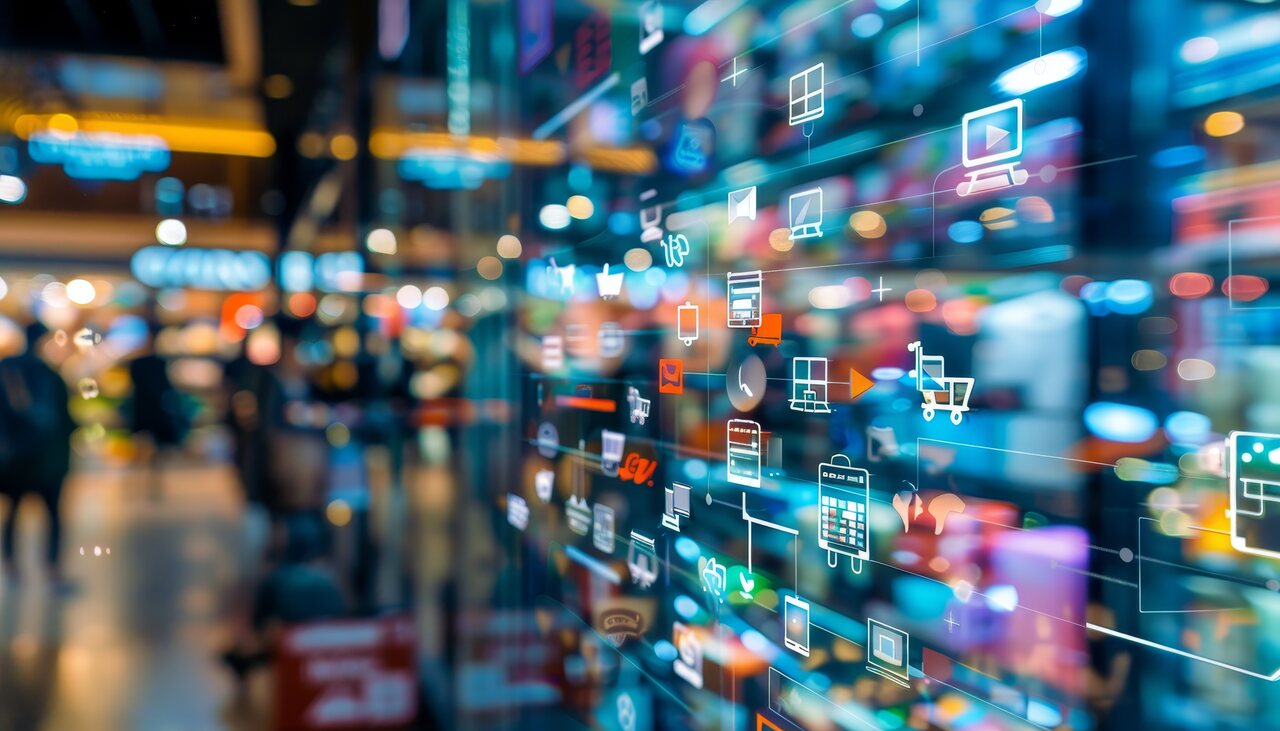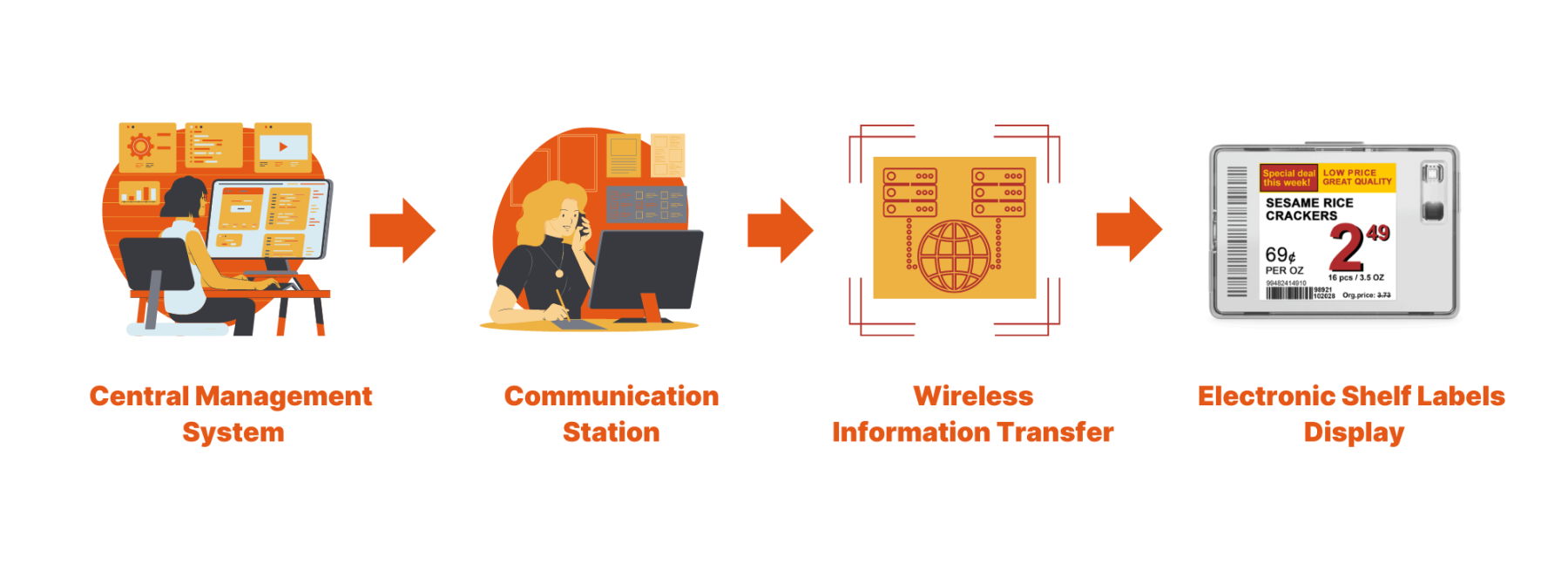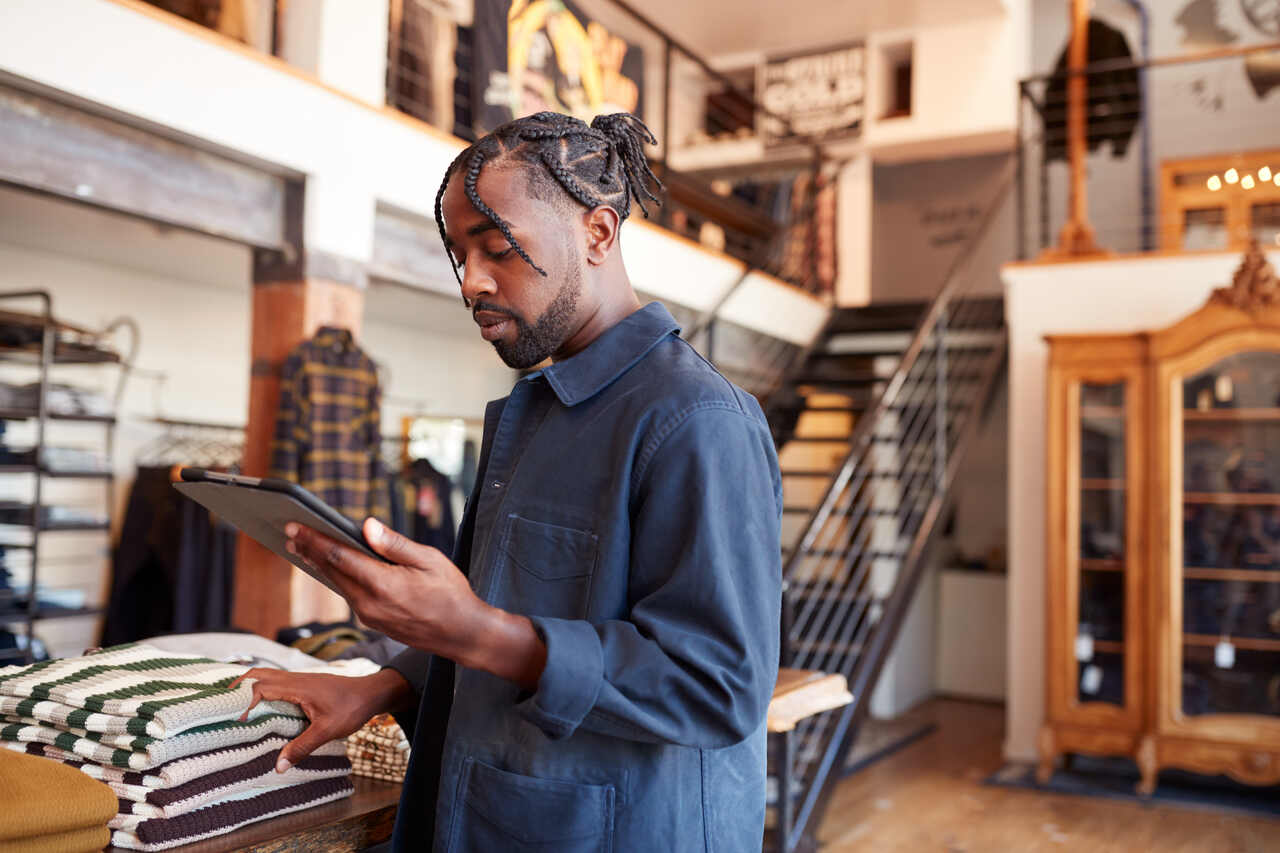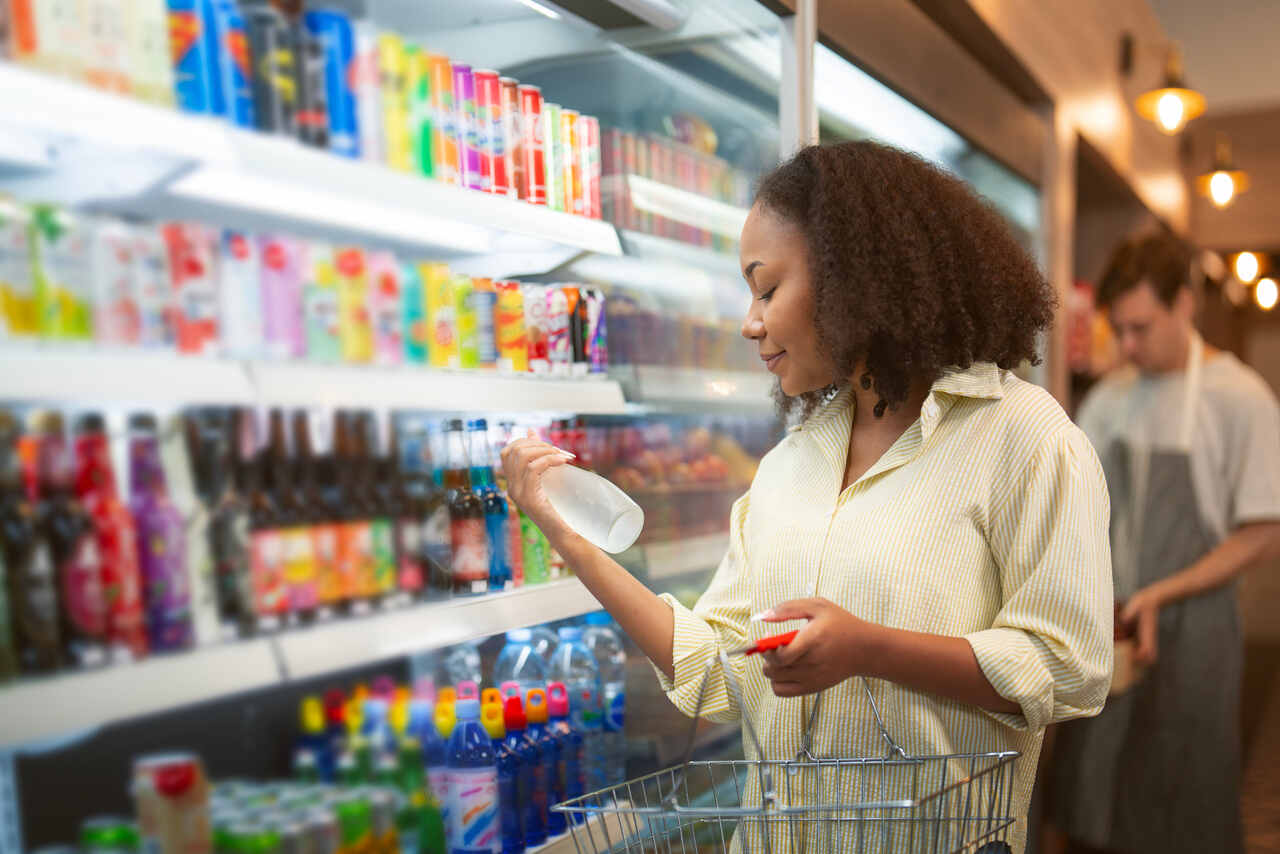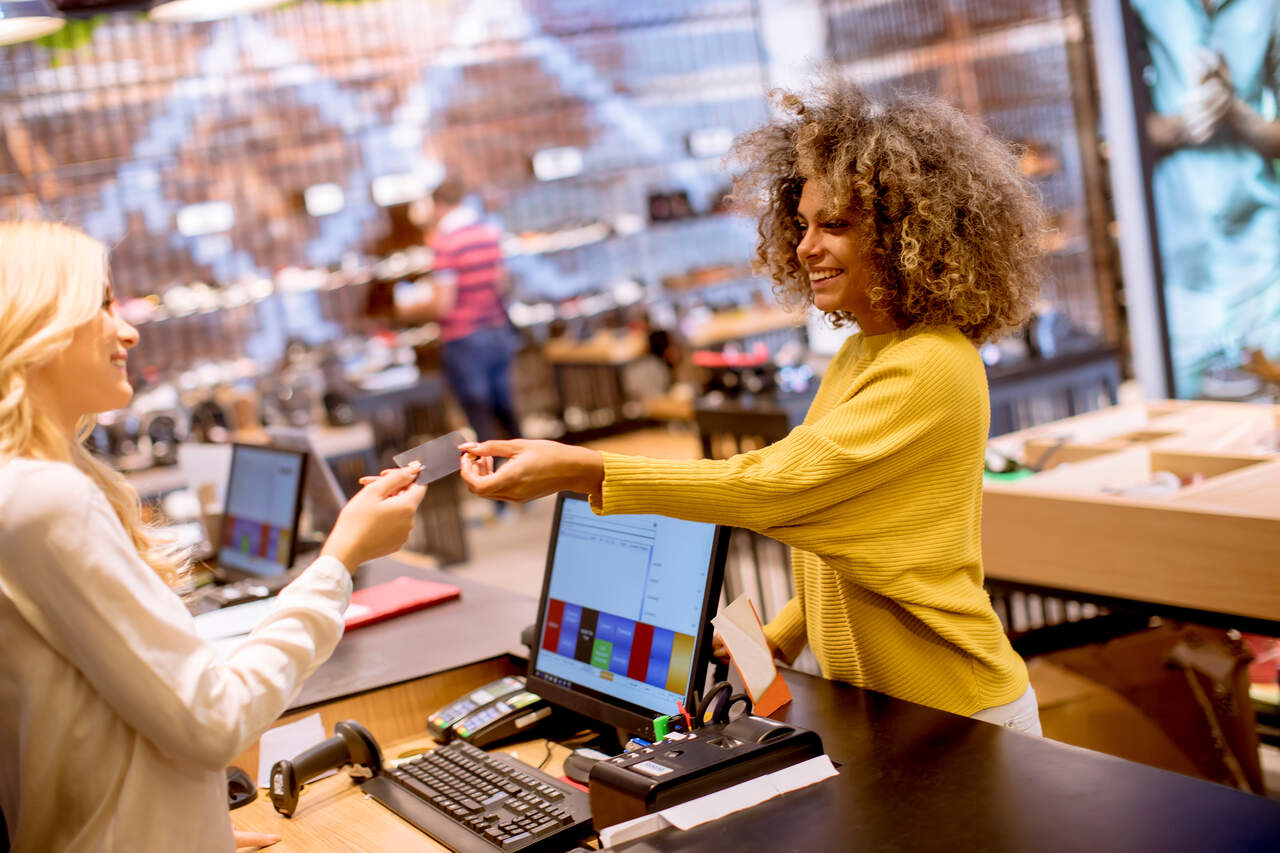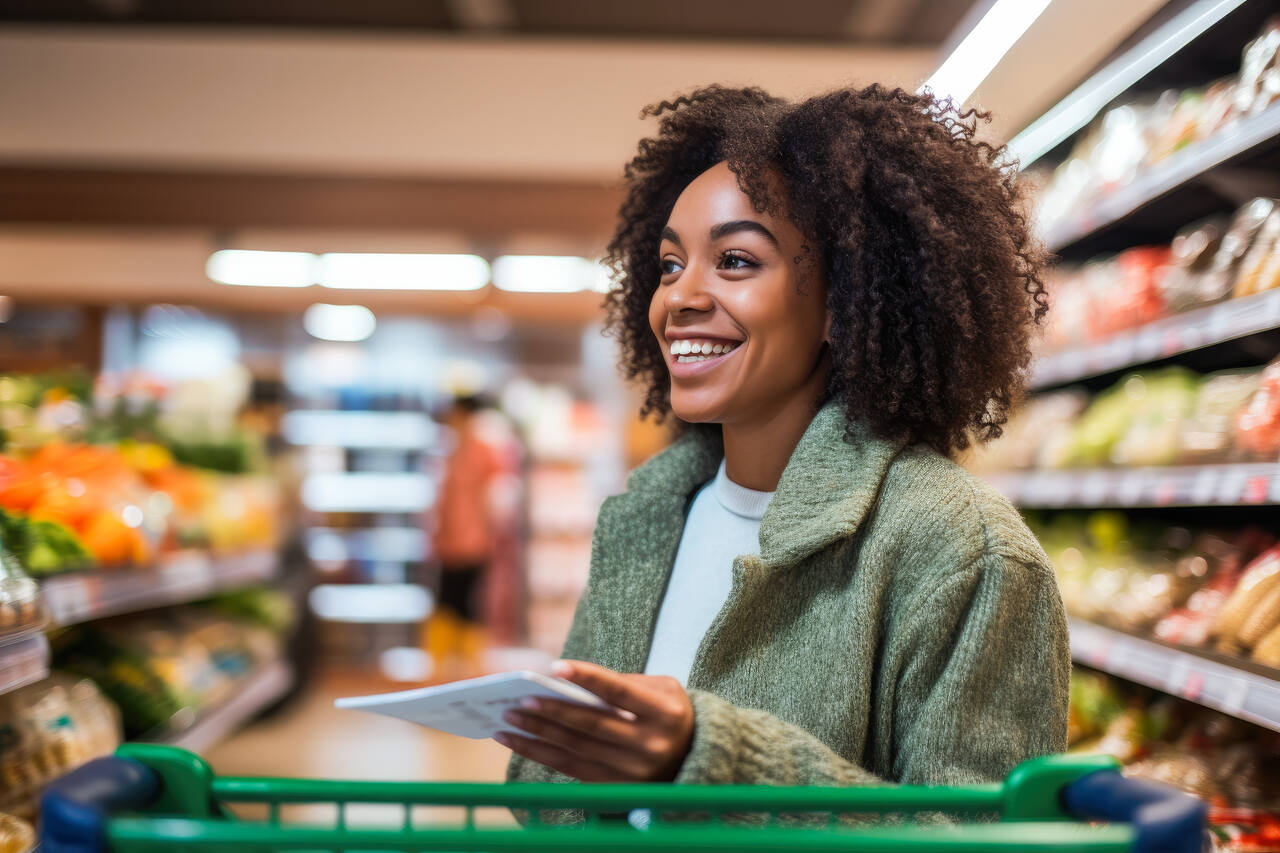In an era of advanced digitization and communication, consumers expect accurate information at every stage of their customer journey. There is arguably no more important and visible piece of data than product price.
Retail price management is a challenge currently being met by an array of advanced AI-driven solutions. Among them, price automation has emerged as a ground-breaking solution that offers significant advantages to retailers in various sectors.
By leveraging advanced algorithms and data analysis, companies can adjust and optimize their pricing strategies in real-time to increase revenue and profitability. In this post, we’ll dive into the world of price automation, exploring its benefits and the technology and tools required to implement it successfully.
What is pricing automation?
Pricing automation is the use of software and algorithms to automatically determine the best pricing of goods or services. Based on various factors including market conditions, costs, customer behaviors, and competitive data, price automation software analyzes and calculates the optimal price for a given product at a given time. Using tools like Electronic Shelf Labels, retailers can then display these prices accurately, quickly and easily. Today’s businesses can optimize for profitability and customer satisfaction without relying on slow and costly manual processes.
How price automation works
There are six main steps involved in the process of price automation.
Step One: Data Integration
The price automation software gathers and integrates data from various sources, including product lists, current prices, competitor prices, customer segments, inventory levels, sales volumes, and e-commerce traffic. This data forms the foundation for the pricing strategy.
Step Two: Pricing Rules
Next, the software designs pricing rules using preset or custom logic aligned with your unique business objectives and relevant market dynamics. These rules guide how prices will be set and adjusted for different product segments.
Step Three: Data Analysis
The integrated data is analyzed using algorithms to identify patterns and determine optimal pricing strategies. All the above criteria are included in this analysis.
Step Four: Price Recommendations
The system generates pricing recommendations based on the analysis of the collected data and evolving, real-time factors. These recommendations are designed to maximize profits while remaining competitive.
Step Five: Continuous Monitoring
The system continuously monitors the market and competitors, and automatically adjusts prices in real-time or in batches as necessary.
Step Six: Implementation and Evaluation of Prices
Prices are continually updated and the business impact of each pricing scenario is repeatedly evaluated. This step may involve approving new prices, resolving alerts, and checking calculations.
Price automation technology
Price automation relies on advanced technology to collect, process and analyze data. An effective price automation strategy also requires state of the art digital and electronic display tools to communicate with consumers and staff in outlets and warehouses.
Price automation systems
Price automation systems use complex algorithms to analyze data and determine optimal pricing strategies. Many pricing automation solutions are cloud-based to offer scalability and flexibility. These platforms allow businesses to manage pricing across different products and channels and provide a unified approach to pricing management.
The most widely-used price automation systems are price optimization software, pricing analytics software, dynamic pricing tools, repricing software, and rule-based pricing systems.
Rule-based pricing systems
Setting predefined rules or constraints to guide the pricing process is a common tactic. These rules can be based on business objectives, market trends, or customer segments. For example, a rule-based system might use static pricing rules or “if-then” statements to manage prices. With an automatic pricing system, a retailer could implement a rule that always sets their product prices to be 3% lower than a specific competitor’s prices, or such that all prices end with “.99”, or to achieve a minimum profit margin of 10% on all products. Prices will be automatically adjusted to meet these criteria even if costs or competitor prices change.
Price automation tools
Price automation allows businesses to adjust prices in real-time. Retailers need the right software to do the analytics, but they also need the right tools to display prices quickly, consistently and clearly.
Electronic Shelf Labels (ESLs) are the transformative technology behind price automation within retail settings. They allow for instant and automated real-time updates of product prices across the store, which guarantees that prices are always up-to-date and accurate.
Prices can be adjusted via a central management system for digital price tags at any time. Store managers can control promotions and other product information from the same interface, which streamlines the management process and provides a coherent shopping experience for all consumers.
Benefits of price automation for retail
Pricing automation offers numerous benefits to a variety of businesses operating within the retail sector, including large grocery stores, pharmacies and liquor stores. Efficient and accurate price implementation makes it possible for retailers to adapt quickly and increase profits.
Efficiency
Price automation leverages advanced technology to implement complex pricing models tailored to specific business needs. Intricate modelling and data analysis offers a huge advantage over manual and human efforts to accomplish a comparable task.
Online and offline coherence
As phygital shopping continues to influence all retail strategies, brand and price consistency are key to retail success. Price automation makes it possible for retailers to display competitive, accurate prices across all channels simultaneously to create a coherent omnichannel shopping experience for their target consumers.
Real-time price updates
In retail and ecommerce, pricing automation allows businesses to set optimized prices based on real-time market data and consumer behavior. It would be impossible to implement price changes on such a large scale and in response to such a vast dataset without the use of artificial intelligence, specific software and digital price tags.
Price integrity
Price automation impacts the number of human hours required to do price research and other manual processes. It impacts both efficiency and accuracy by reducing errors and freeing staff to focus on other areas of the business.
Dynamic pricing
Pricing automation makes it possible for retailers to implement dynamic pricing to respond swiftly to market fluctuations and maintain a competitive edge. With transparent, competitive and flexible pricing, retailers can gain consumer trust and increase customer satisfaction.
Increased profits
Choosing prices that are not only competitive but also profitable is made possible by pricing software that takes into account numerous factors, including competition, demand, and inventory availability. This helps maximize profits through higher sales volumes at strategically set price points.
Higher customer satisfaction
By analyzing customer buying patterns and market trends, automated pricing tools help retailers understand consumer behavior and tailor their pricing strategies accordingly. This can lead to more effective retail promotions and discounts that align with customer preferences. The better the offer, the more likely it is to both satisfy the customer and bring profit to the retailer.
JRTech: price automation tools for major retailers
With the right systems and tools, retailers can leverage price automation as a competitive approach to effectively managing and optimizing their pricing strategies.
JRTech is a leading provider of enterprise-grade Pricer Electronic Shelf Labels, the most reliable price automation system in the world. We also offer other electronic and digital technology, including digital signage solutions. Contact us to find out how these tools can take your retail operations to the next level.

